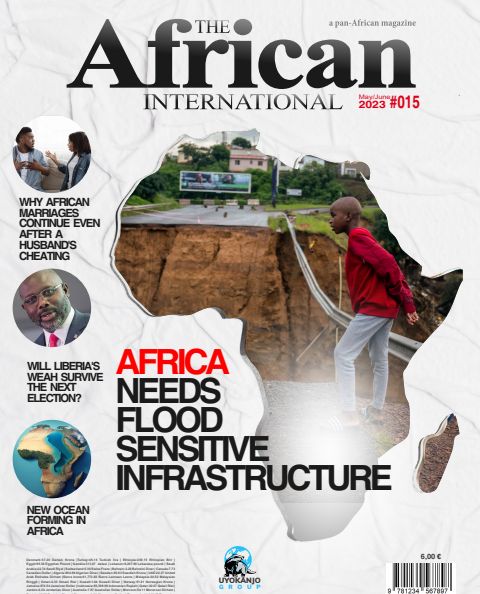By: Ollus Ndomu
Introduction
Africa has been subjected to a number of natural disasters including hurricanes, droughts, and floods that cause major human and economic losses. Among these disasters, floods are the most frequent and devastating. With climate change, it’s predicted that flood intensity and frequency will continue to increase. It’s therefore essential that African countries develop flood-sensitive infrastructure as a way of mitigating the losses and damages caused by floods. This essay discusses why Africa needs flood-sensitive infrastructure.
Overview of Floods in Africa
Africa is one of the continents that suffers most from the effects of floods. The number of flood incidents and their intensity has been on the rise over the years, and the World Meteorological Organization (WMO) predicts that these events will continue to increase in frequency and intensity. In 2019, a total of 9.6 million people were affected by floods in Africa, with Uganda, South Sudan, Somalia, and Kenya being the most affected countries. At least 250 people lost their lives, while over 502,000 people were displaced.
Negative Impact of Floods in Africa
Floods have a devastating effect on African economies. They cause loss of lives, damages to infrastructure, and disruption of social and economic activities. They also lead to a decline in agricultural production, which is a major contributor to African economies. The sudden occurrence of floods often results in displacement of people, leading to increased poverty, reduced access to health care, and food shortages.
Need for Flood-Sensitive Infrastructure in Africa
In the past, African countries relied heavily on traditional engineering methods to counter the detrimental impacts of floods. While these methods helped alleviate the problem to some extent, they were not enough to provide the protective mechanism required in modern times. Modern engineering techniques such as flood plain management, stormwater detention, and green infrastructure have been proven effective in reducing the negative impacts of floods. Implementation of these techniques would significantly reduce losses and damages caused by floods in Africa.
Flood Plain Management
Flood plain management is the process of using land-use planning and development controls in flood-prone areas to prevent or minimize flood damages. It involves identifying the vulnerable areas and enacting policies and regulations to ensure that construction and development do not occur in these areas. Implementing flood plain management can lead to significant reduction in flooding damages and costs.
Stormwater Detention
Stormwater detention refers to the temporary holding of water from a storm event in a storage facility or at the surface before it enters the drainage system or discharge points. This technique can be implemented through the use of underground storage basins, retention ponds, and infiltration systems. Stormwater detention structures reduce the peak rate of discharge of runoff, which reduces the flood risk downstream.
Green Infrastructure
Green infrastructure refers to the use of natural vegetation and other natural systems to reduce the impact of urbanization on water resources. This technique involves the use of rain gardens, green roofs, rain barrels, and tree plantings. Green infrastructure is effective in reducing flood damages by reducing runoff, improving infiltration, and promoting evapotranspiration.
Benefits of Flood-Sensitive Infrastructure
Flood-sensitive infrastructure has numerous benefits for African countries. First, it reduces the damage caused by floods, leading to a reduction in losses. Secondly, it leads to the protection of human lives, reducing the number of casualties caused by flooding events. Thirdly, flood-sensitive infrastructure promotes sustainable development by reducing the economic losses caused by floods. Lastly, it promotes environmental benefits by increasing infiltration and reducing runoff.
Barriers to Implementation of Flood-Sensitive Infrastructure
Despite the numerous benefits of flood-sensitive infrastructure, there are numerous barriers to implementation in African countries. These include lack of funding, poor governance, and lack of political will. Another barrier is the lack of adequate technical capacity to plan and implement effective flood-sensitive infrastructure.
Conclusion
Floods are a major challenge to Africa’s development, and there is a need for innovative solutions to mitigate their impact. Flood-sensitive infrastructure is a significant step in reducing the losses and damages caused by floods in Africa. The use of modern engineering techniques such as flood plain management, stormwater detention, and green infrastructure can provide a protective mechanism that can save lives, protect property, and promote sustainable development. African governments should prioritize the development of flood-sensitive infrastructure, and international organizations should provide technical, financial, and capacity support in their implementation.


